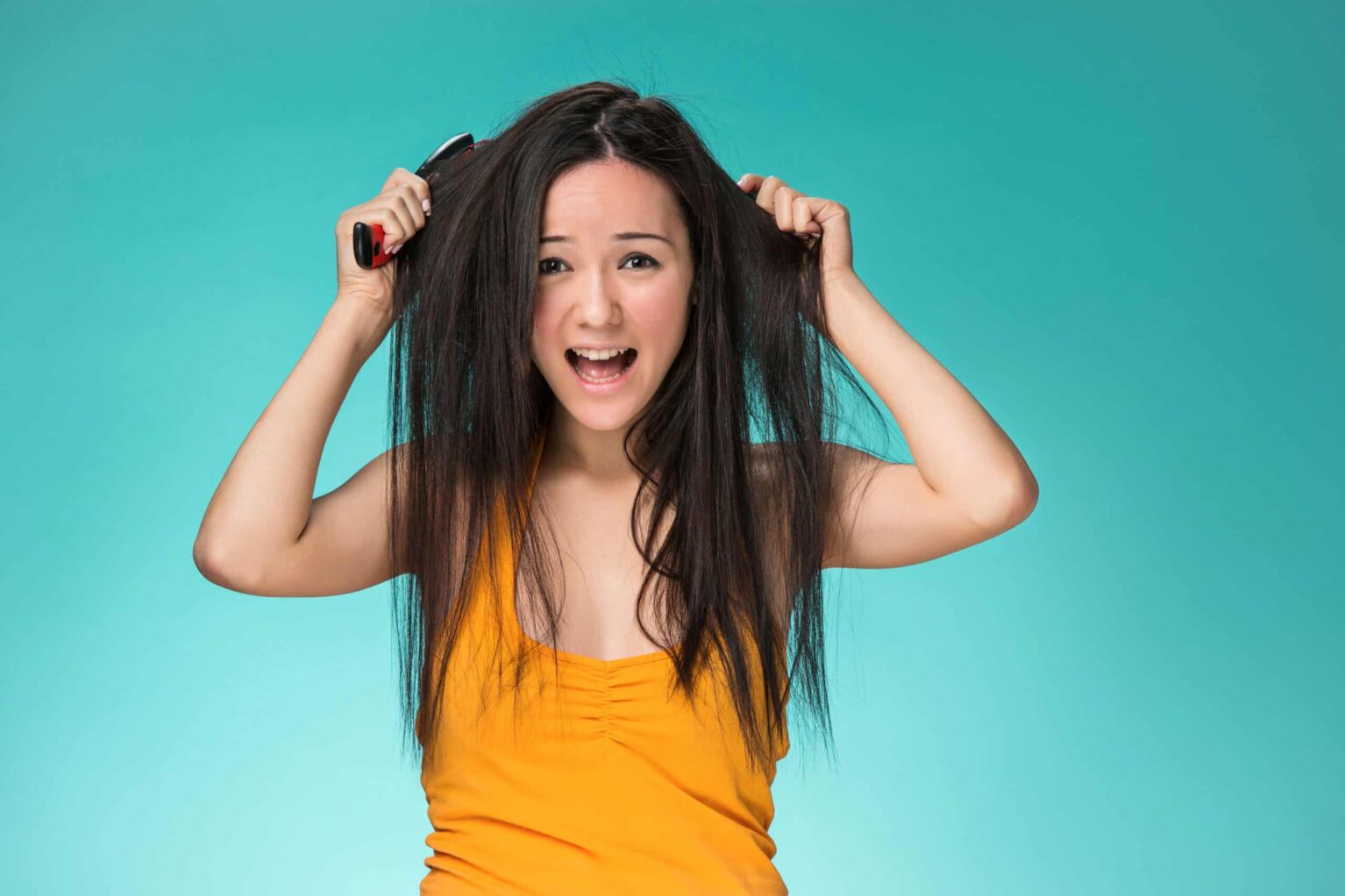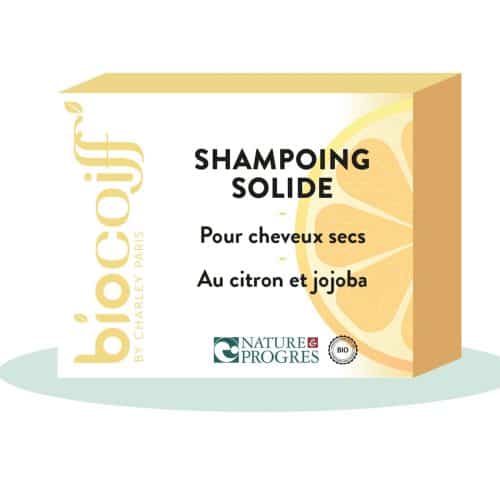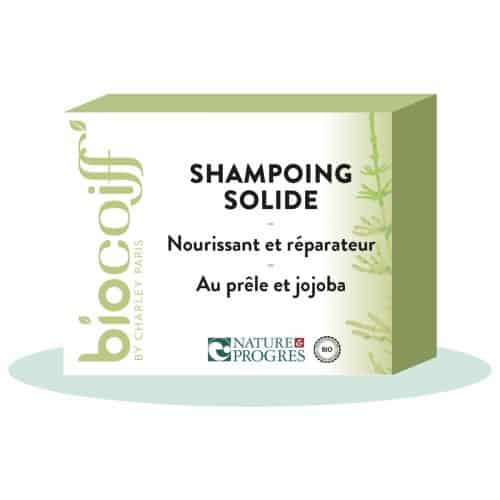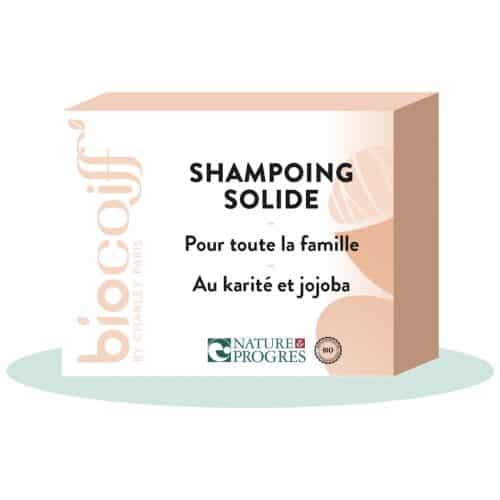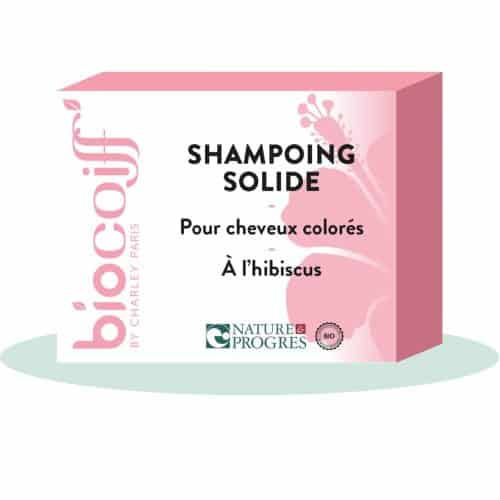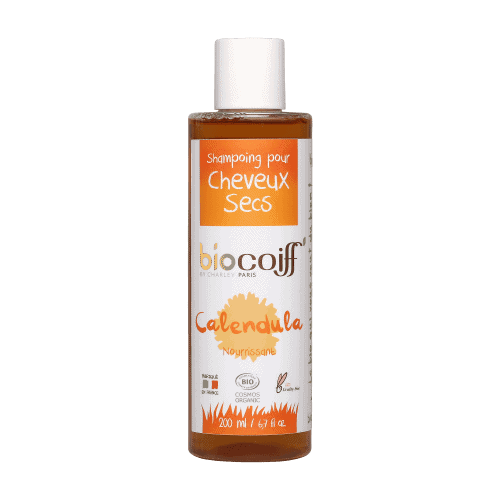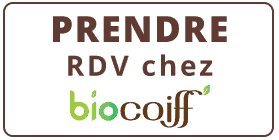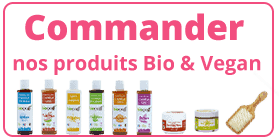En France, plus de la moitié des femmes se colorent les cheveux et la plupart ont recours à la coloration chimique. Pourtant, les composants de ces produits sont mis en évidence pour leur effet néfaste sur la santé et les cheveux. Dès 2018, le magazine 60 millions de consommateurs alertait du danger des teintures capillaires.
Dans ce contexte, la coloration végétale s’impose depuis quelques années comme une alternative saine et respectueuse de l’environnement. Elle fait partie des soins bio proposés dans un salon de coiffure.
Pourquoi la coloration chimique abîme-t-elle les cheveux ?
La coloration bouleverse la structure des cheveux sains. L’un de ses composants, le résorcinol, ouvre les écailles pour favoriser la pénétration des substances colorantes. Ce processus agressif dénature vos cheveux. Ainsi, ils deviennent plus fragiles à cause de la déshydratation. Ils sont également plus fatigués dus au manque de protéines.
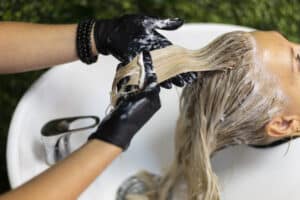
Dans ce sens, plus les cheveux sont fatigués, plus ils sont ternes et moins enclins à accueillir une nouvelle couleur. Même si votre coiffeur est expérimenté, le résultat ne sera pas le même que sur l’emballage du produit utilisé. De plus, la coloration des cheveux réclame des soins capillaires exigeants qui coûtent souvent chers.
Les teintures capillaires : un danger pour la santé ?
Au-delà de la santé capillaire, la coloration chimique est pointée du doigt à cause de ses composants néfastes pour la santé contrairement aux soins naturels. Le premier remis en cause est le PPD (paraphénylène diamine) qui est à l’origine de plusieurs allergies.
Cela se manifeste par l’apparition d’eczéma sur le cuir chevelu et le visage. Pour les fabricants, il est pourtant hors de question de supprimer cet ingrédient définitivement, mais de seulement réduire son taux.
Même si le résorcinol garantit une meilleure pénétration de la coloration en soulevant les écailles, il est aussi une source d’allergies. Enfin, l’ammoniaque entraîne des irritations sur la peau. Bien qu’il soit moins présent dans les colorations, cet élément est très sollicité chez les teintures permanentes.
La coloration végétale : une alternative efficace ?
Alors que les produits naturels gagnent en popularité, la coloration bio se distingue de son homologue chimique par sa composition simple. Son principal ingrédient est le pigment extrait des plantes comme la garance et le henné. Au lieu de pénétrer les écailles des cheveux par le processus d’oxydation, la teinture végétale les enveloppe.
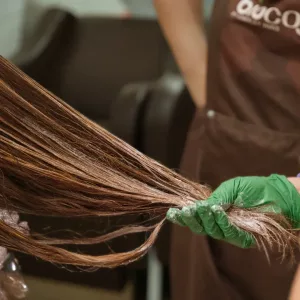
Ce processus est nettement moins agressif pour vos cheveux. La teinture tient aussi longtemps que les pigments chimiques grâce à l’utilisation d’un casque à chaleur. Certains professionnels en coiffure bio emploient également un extrait de plante à base d’alcalin.
Quels sont les avantages de la coloration végétale ?
Ce produit ne contient aucun composant chimique néfaste comme le peroxyde d’hydrogène ou l’ammoniaque. Par conséquent, les risques d’irritations et d’allergies sont minces. Par ailleurs, la coloration naturelle se décline en plusieurs nuances pour satisfaire tous les goûts. De plus, sa composition donne un résultat harmonieux et plus subtil à vos cheveux.
Contrairement aux idées reçues, la tenue est plus longue qu’avec une coloration chimique. Entièrement biodégradables, ces produits bio sont respectueux de l’ environnement et ne contiennent pas de composants polluants.
Réaliser sa coloration chez soi ou dans un salon ?
Vous pouvez parfaitement effectuer votre coloration végétale à la maison. Toutefois, l’opération dure longtemps entre les temps de pause et la réalisation du mélange. Si l’expérience vous tente, il vous faut un kit complet à effectuer chez soi. À noter qu’une aide extérieure est idéale pour obtenir une application homogène.
Cependant, il est recommandé de faire appel à un salon de coiffure bio comme les salons Biocoiff pour avoir un résultat à la hauteur de vos attentes. En effet, le coiffeur effectue un diagnostic personnalisé avant de mélanger les produits capillaires pour donner un excellent rendu.

 Coloration Végétale
Coloration Végétale
 Balayage minéral
Balayage minéral
 Soins Capillaires
Soins Capillaires
 Coupe
Coupe
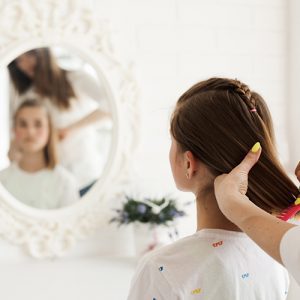 Diagnostic gratuit
Diagnostic gratuit
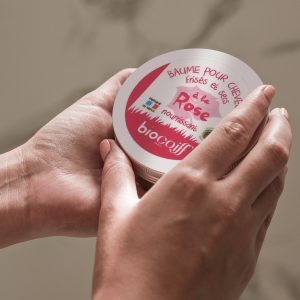 Accueil E-boutique
Accueil E-boutique
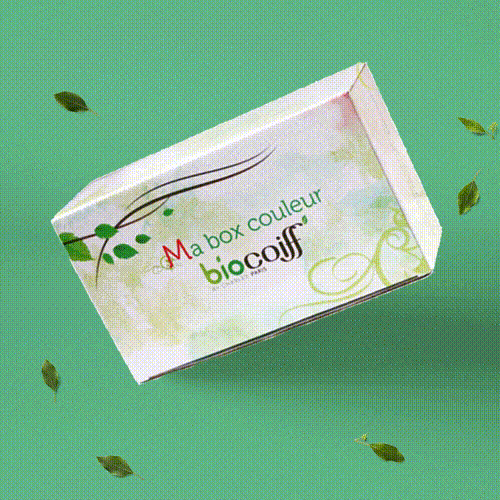 Box Couleur
Box Couleur
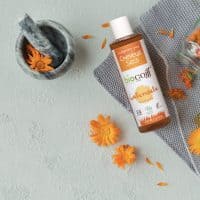 Shampoings
Shampoings
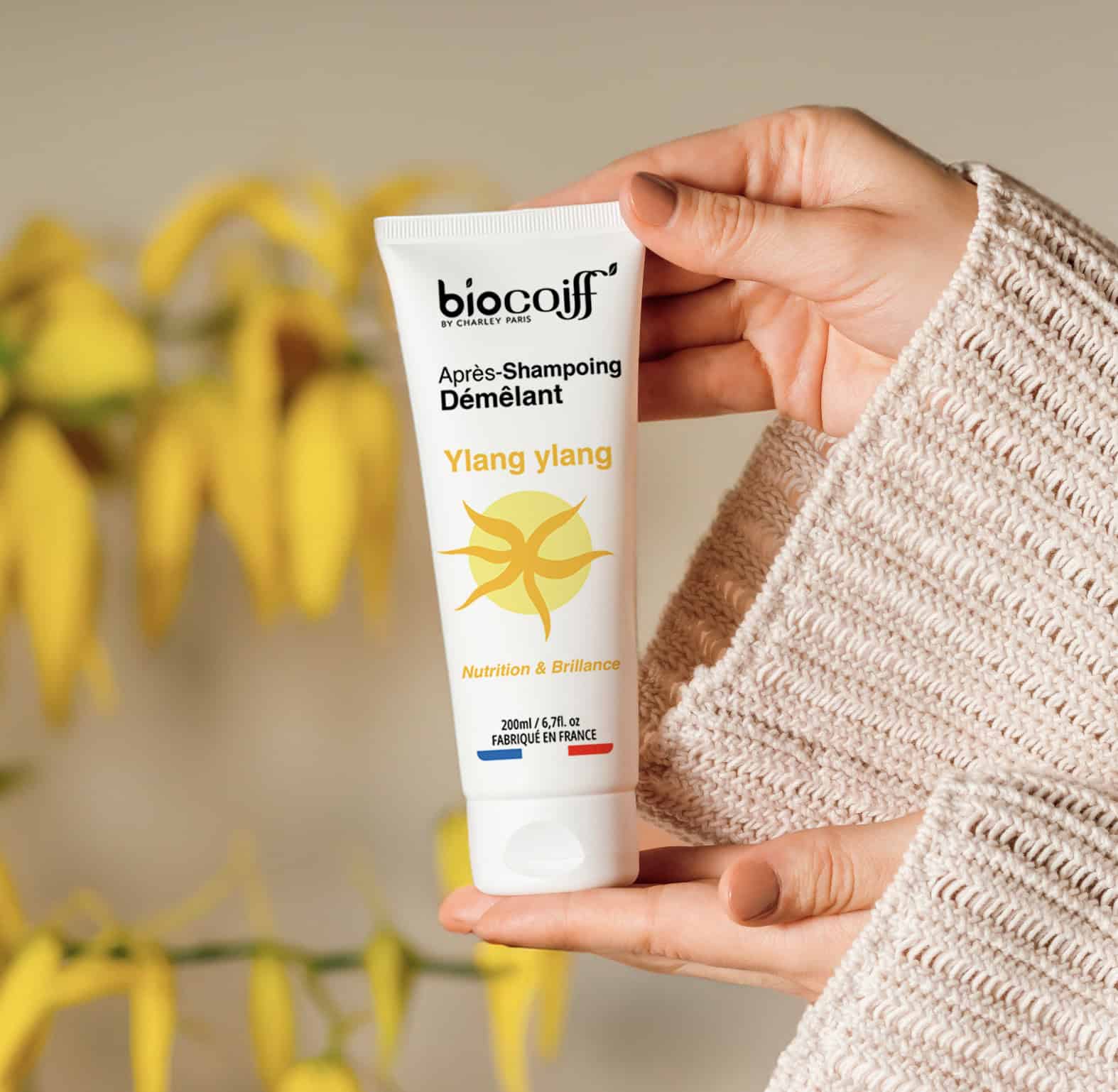 Soins
Soins
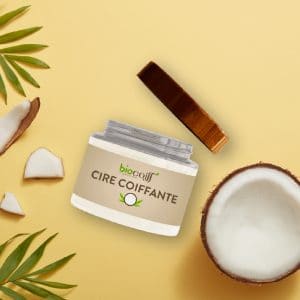 Coiffants
Coiffants
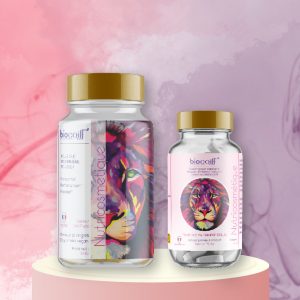 Nutricosmétiques
Nutricosmétiques
 Accessoires
Accessoires
